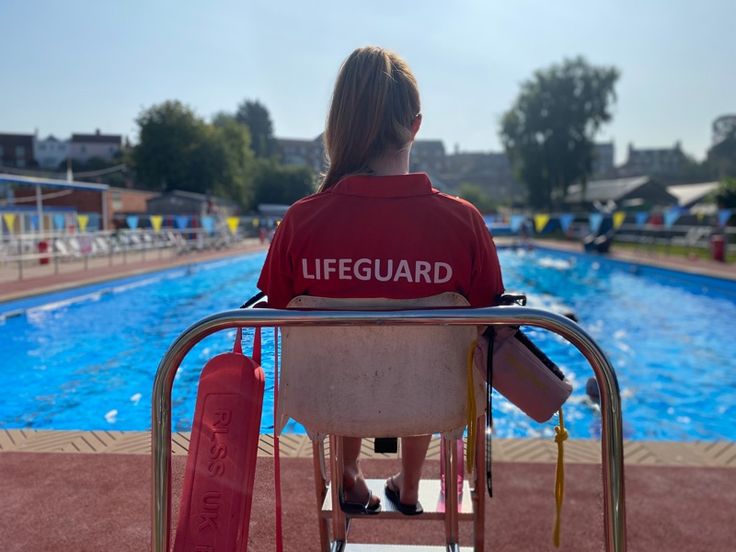Why Lifeguard Training is Crucial for Water Safety
Water activities are often seen as fun and relaxing, especially during the summer months. Whether at a pool, beach, or water park, people flock to the water for enjoyment, exercise, or to escape the heat. However, water also poses serious risks. Drowning remains one of the leading causes of accidental death worldwide, making water safety a critical concern lifeguard. This is where the importance of lifeguard training comes in. Trained lifeguards act as first responders, capable of preventing accidents and saving lives when the unexpected occurs.

Here’s why lifeguard training is crucial for water safety:
1. Lifeguards Are Trained to Identify Risks
Lifeguard training equips individuals with the ability to recognize potential dangers before they escalate into life-threatening situations. They are trained to constantly monitor swimmers, spotting signs of distress or unsafe behavior like swimming too far from shore, engaging in risky activities, or underestimating the current’s strength.
This ability to assess risks in real time is not only vital for the immediate safety of swimmers but also helps prevent accidents from happening in the first place.
2. Expert Emergency Response
In the event of an emergency, every second counts. Lifeguards are trained in a wide range of rescue techniques, including water rescues, CPR (cardiopulmonary resuscitation), and first aid. This extensive training prepares them to act swiftly and effectively when someone is in danger, whether it’s due to drowning, injury, or medical emergencies like heart attacks or seizures in the water.
The quick intervention of a lifeguard can mean the difference between life and death, which makes their presence invaluable.
3. Accident Prevention Through Education
Lifeguards are not only trained to react to emergencies but also to prevent them by educating the public about water safety. By enforcing pool rules, cautioning against dangerous activities, and encouraging the use of life jackets, lifeguards play a proactive role in keeping swimmers safe. They help instill safe habits and behavior in both children and adults, reducing the overall risk of accidents.
For example, in beach settings, lifeguards often post flags indicating the severity of the current or hazardous conditions. By educating beachgoers about these warning signs, they can guide them to safer areas, significantly lowering the chance of an incident.
4. Handling Water-Related Medical Emergencies
Beyond drowning, water environments pose additional health risks, including dehydration, heat stroke, and hypothermia. Lifeguard training includes knowledge about these conditions and how to treat them. Whether it’s recognizing the early signs of heat exhaustion or knowing how to handle a cold-water immersion case, lifeguards are prepared to respond promptly and efficiently to a wide array of medical emergencies.
5. Promoting a Culture of Safety
Lifeguards serve as role models, especially for younger swimmers. Their presence encourages responsible behavior and a sense of security. Families and individuals can relax and enjoy their time in the water, knowing that someone is watching over them with the skills and training necessary to keep them safe. This contributes to an overall culture of safety in aquatic environments, where both lifeguards and visitors understand and respect the importance of water safety protocols.
6. Reduces Liability for Facilities
For public pools, beaches, and water parks, having trained lifeguards on staff significantly reduces liability. Accidents, when they occur, can lead to legal consequences for facilities, but having a team of certified lifeguards demonstrates a commitment to safety. This can not only help prevent lawsuits but also improve public trust and the reputation of the facility.
Conclusion
Lifeguard training is much more than a certification. It is a comprehensive program that prepares individuals to safeguard the lives of those in water environments. From recognizing potential dangers to acting decisively in emergencies, trained lifeguards are the frontline of defense against accidents. Their presence reduces risks, educates the public, and ensures that water-related activities remain enjoyable and, most importantly, safe.
